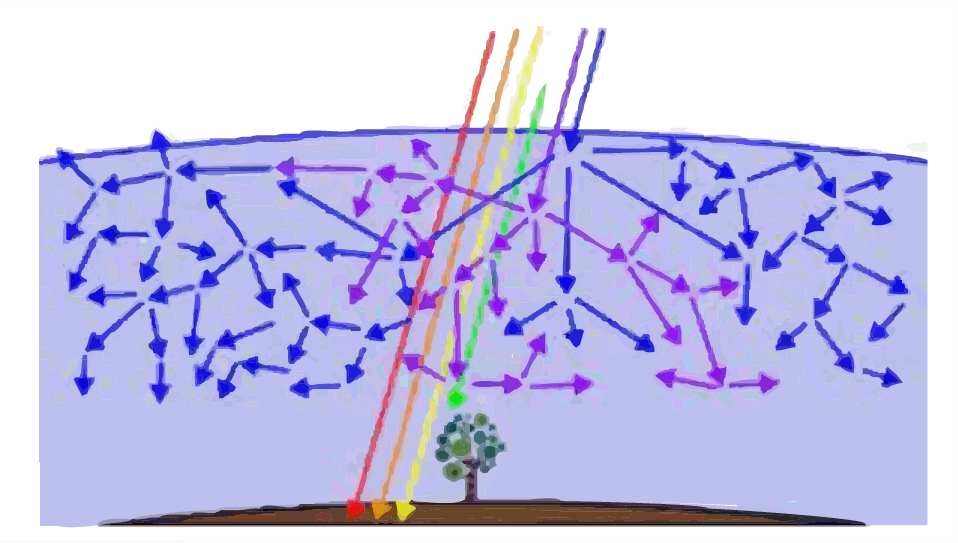Those interested in looking at the scientific detail should check out journal publications
Some early researchers proposed piezo-electric effects in rock caused by pressure, creating ULF waves - one of the very few physical wave forms able to reach the surface from a deeply buried epicentre. But difficulties were found with the mechanism as an explanation for earthquake light, although it could quite possibly account for animal and object precursor behaviour through production of electric fields at ground level.
The EQ Light model shown in the video below has gained most acceptance. Freund - a German physicist - (Freund et al., 2009; St-Laurent et al., 2006), demonstrates the process. The video describes an extensive experiment in which positive electrons are produced by placing tonnes of pressure on a rock slab. In the real world of earthquake stress (on many thousands of cubic kilometers of rock), this produces a flow of currrent to the surface (creating an intense positive electric field) and can account for atmospheric phenomena including EQ Light, according to Freund. In the experiment currents were calculated to be in the range 5-100kA per km-2, and are probably involved in an earthquake. This model has experimental evidence from Freund for the creation of these voltages even in sand and soil, so this mechanism could, therefore, even apply to the Christchurch gravels.
Where does the blue light come from?
The white light is converted to blue by a process called Raleigh Scattering in which red, orange, yellow and green are not visible to the eye, but blue, violet and indigo are scattered by air molecules into the atmosphere and appear as light blue.

Freund, F. T. (2003). Rocks that crackle and sparkle and glow: strange pre-earthquake phenomena. Journal of Scientific Exploration, 17, no. 1, 37–71.
Freund, F. (2011). Pre-earthquake signals: Underlying physical processes. Journal of Asian Earth Sciences, 41, no.4-5, 383–400.
Freund, F. T., Kulahci, I. G., Cyr, G., Ling, J., Winnicke, M., Tregloan-Reed, J., and Freund, M. M. (2009). Air ionization at rock surfaces and pre-earthquake signals. Journal of Atmospheric and Solar-Terrestrial Physics, 71, no. 17-18, 1824–1834.